Rules for planting variegated deer and caring for shrubs
Today, plants with variegated leaves are gaining popularity in landscape design, because they visually brighten the darkened areas of the garden, visually deepen the space. One of them is variegated dogwood, planting and caring for which does not require much effort. This shrub is familiar to many, it is often used in landscaping parks, gardens, both for single planting and for creating hedge.
Derain variegated - a native of the East, lives in nature in Siberian forests, in Japan, China. It is found in dark coniferous forests, can reach a height of 3 m. The bark is brown-red, gray-gray on young shoots, the leaves are dark green above, and white below (hence the name). The color is white, forms an inflorescence-shield, the fruit is a berry (white, but with a bluish tinge), which contains a certain amount of seeds.
This origin explains the high resistance to adverse environmental conditions. For this reason, many gardeners and landscape designers have chosen to use it in landscaping lately. Cold-resistant, needs minimal care - all this is about the variegated grass plant, planting it, moreover, is possible in many ways. So let's consider how best to plant variegated dogwood.
Planting methods
Growing from seeds is the most effective method of propagation of this plant, the germination rate is almost 100%. The fact is that the sod blooms in late spring and early summer, so the seeds have enough time to ripen.
There are two ways to plant seeds.
- Using self-collected material: the flower forms the fruit, which contains the seeds. They are harvested in the fall from plants aged three years or more, and sown closer to winter, when the soil begins to freeze.
- Planting seeds purchased from the store - it is possible in the spring. Usually they are already hardened, but if you want to sow the seeds you have grown, they need to be hardened in a cold place for about two months at a temperature of +5 degrees.
Planting seeds makes it possible to develop new varieties of turf. This method is more often used by experienced gardeners, as well as breeders, although it is not difficult for beginners. Its main disadvantage is that it does not allow preserving the plant genetics. We will plant a cutting - on the contrary, we will reduce the possibility of the degeneration of the variety.
Consider additional methods for breeding variegated sod.
- Cuttings.
Sod care involves pruning the bushes, after which the shoots remain, they can be used for planting. The handle should have about eight buds. You can plant a cutting in the fall, which was kept in the greenhouse all summer long, at a temperature of 20-25 degrees, was placed in a nutritious soil, watered and fed with mineral fertilizers, organic matter, and which has a good root system.
- Rooting a live branch (layering).
The sod bush is quite sprawling, branches that fall to the ground can be dug in in the spring. And a year later, a variegated sod seedling is ready, the planting of which is carried out as follows: it is simply dug up and planted in a permanent place. The result is no worse than when planting seeds.
- Division of the bush.
If a turf bush has grown on our site, you can divide it. The principle is the same as if you were planting a violet, only on a larger scale: in the spring, the plant is dug up, cleared of clods of earth, divided into separate seedlings with a sharp garden knife, and then it is planted in the ground. Caring for them involves watering with growth stimulants, which will facilitate and accelerate the rooting process.
Advice
Succinic acid can be used as a growth stimulant.Treatment of cuttings and seedlings with a 0.002% solution has a beneficial effect on the development of sod.
How to care for variegated sod?
As already mentioned, dogwood is an unpretentious plant, and caring for it does not require special skills.
- Correct watering. The plant tolerates drought and a large amount of moisture, watering is required in hot dry summers two to three times a month. Young plants need soil moisture control.
- The soil. It should be fertile enough, slightly acidic, if it is prone to waterlogging or the area is prone to frequent precipitation, the soil should be drained (sand, broken brick is suitable).
- Fertilizers. They are not particularly required, but if the turf grows on depleted soil, you can apply mineral fertilizers as a care in the spring, and organic fertilizers in the summer, for example humus.
- Lighting. Planting in shade / partial shade will not affect plant development, but it is advisable to choose lighted areas.
- Cold resistance. Derain not only tolerates low temperatures well, it is frost-resistant, resistant to temperature fluctuations. Care is needed for young plants: cover them for the winter, only woody bushes tolerate frost.
- Diseases. Practically not found, the shrub is resistant to both diseases and pests. Sometimes it is affected by fungi or aphids. You can get rid of the first by simply not watering the turf until the roots dry out, because the fungus is the result of over-watering. And you can fight aphids in two steps: mechanical cleaning (wash off the insects with a jet of water or remove it with a gloved hand) and chemical action (the easiest way is to treat the plant with soapy water, you can use special products purchased at any flower shop).
- Pruning usually not required, unless it is a hedge or park sculpture, of course. Care for them is different: to emphasize the decorativeness of the foliage, regular pruning begins at the age of three years of age, and young shoots will pay attention to the bright color of the bark. For their formation, the shrub is cut off every two years, leaving shoots up to 20 centimeters from the base. If, due to lack of experience, the gardener cuts the plant very shortly, it will quickly grow back and recover.
Please note: care consists not only in decorative and formative pruning, but also in sanitary (removal of diseased branches), as well as rejuvenating radical pruning, which promotes plant renewal, getting rid of old branches that have ceased to bear fruit. It is also effective to pluck actively growing parts of young shoots in the summer, then the plant will have thick greenery, and it will become more compact.
It should be noted that the lawn is perfectly adapted to the increased content of carbon dioxide and poisonous gases in the air, which makes it possible to use it in urban landscaping.
Let's summarize. Gardeners do not in vain value variegated dogwood. Planting this cold-resistant plant that does not need constant watering, fertilization and sunlight will bring a minimum of hassle. Caring for him does not require special skills, and reproduction is possible both from seeds and by cuttings.
This shrub will look great among conifers, trees and bushes with darker and more monochromatic foliage, it will advantageously beat darkened areas and visually enlarge a flower bed if you plant it in the front rows. All this makes it possible to widely use lawn in the design of a summer cottage.
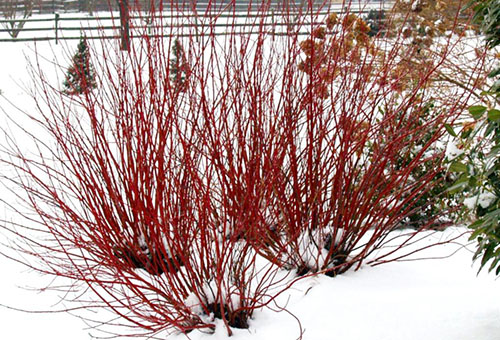

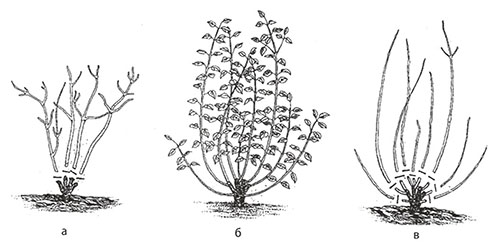
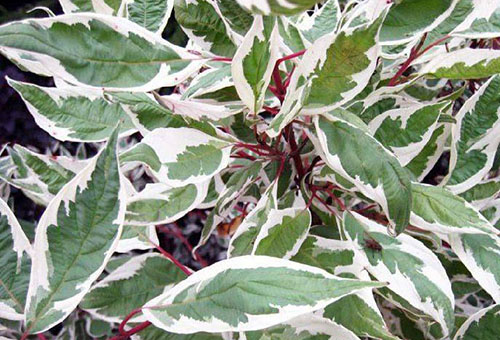
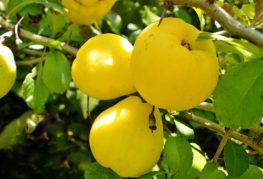
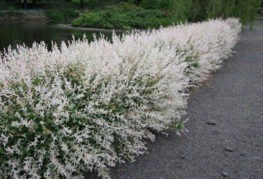
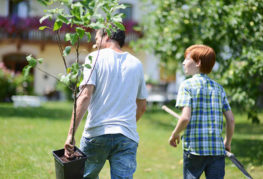
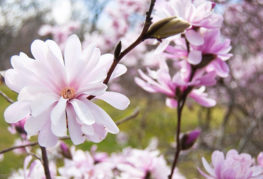
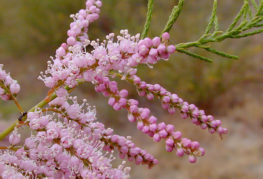
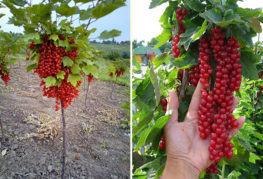
and will be published shortly.